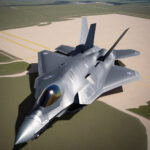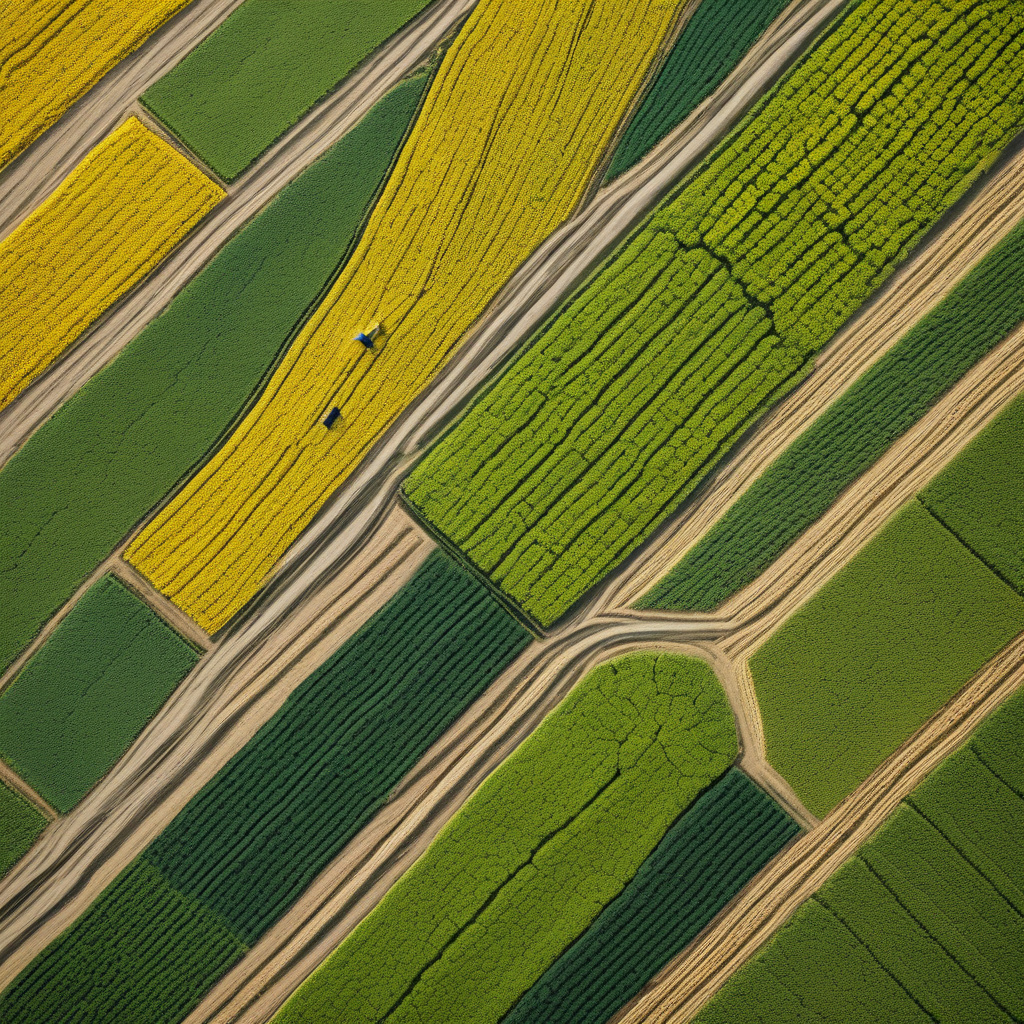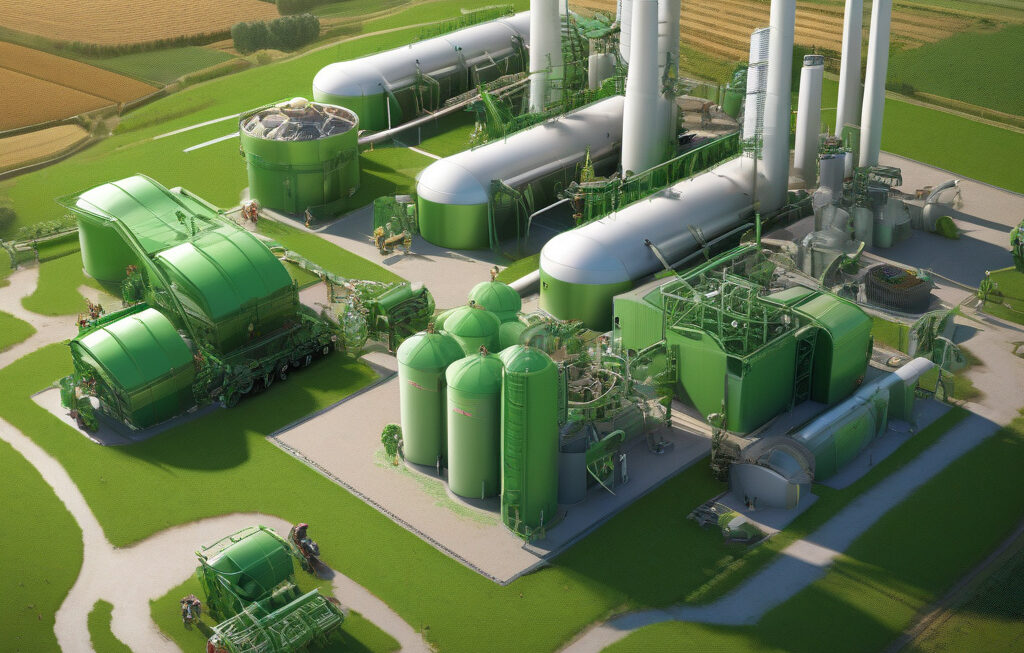Earth Observation: Revolutionizing Sustainable Agriculture
In the realm of agriculture, the integration of cutting-edge technologies has become paramount in enhancing efficiency, productivity, and sustainability. One such technological advancement that is reshaping the agricultural landscape is Earth Observation. By harnessing aerial insights and satellite data, Earth Observation is empowering farmers and agribusinesses to make informed decisions, optimize resource management, and ultimately cultivate the future of agriculture.
Earth Observation, often referred to as remote sensing, involves the collection and analysis of data from satellites, drones, and other aerial platforms to monitor and assess the Earth’s surface. These technologies provide a wealth of information, including crop health, soil moisture levels, pest infestations, and weather patterns, enabling farmers to gain a comprehensive understanding of their fields and make data-driven decisions.
One of the key benefits of Earth Observation in agriculture is its ability to support sustainable practices. By monitoring crop conditions and identifying areas of stress or disease early on, farmers can target their interventions more precisely, reducing the need for chemical inputs and minimizing environmental impact. This not only promotes eco-friendly farming practices but also contributes to cost savings for farmers in the long run.
Furthermore, Earth Observation plays a crucial role in optimizing resource management in agriculture. By providing real-time data on soil moisture levels and crop water requirements, farmers can implement precise irrigation strategies, avoiding both water wastage and water stress in plants. Additionally, the technology allows for the monitoring of crop growth stages, enabling farmers to schedule planting, harvesting, and other agronomic activities more efficiently.
In addition to its sustainability and resource management benefits, Earth Observation also offers significant potential for enhancing crop yield and quality. By analyzing multispectral and hyperspectral imagery, farmers can detect subtle variations in crop health and make timely interventions to maximize productivity. This level of precision agriculture not only boosts yields but also ensures the delivery of high-quality produce to the market.
The future of agriculture lies in the seamless integration of Earth Observation technologies into farming practices. As advancements in satellite technology, artificial intelligence, and data analytics continue to evolve, the potential for innovation in agriculture is limitless. From predicting crop yields to monitoring carbon sequestration, the applications of Earth Observation in agriculture are vast and varied.
In conclusion, Earth Observation is revolutionizing sustainable agriculture by providing farmers with valuable insights, optimizing resource management, and enhancing crop productivity. As we look towards the future of agriculture, embracing these technologies will be key to meeting the increasing global demand for food while minimizing environmental impact. By leveraging the power of Earth Observation, farmers can cultivate a more sustainable and prosperous agricultural sector for generations to come.
The post How Earth observation is cultivating the future of agriculture appeared first on Innovation News Network.
EarthObservation, SustainableAgriculture, PrecisionFarming, AgricultureTechnology, FutureofFarming












